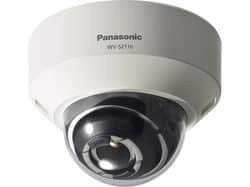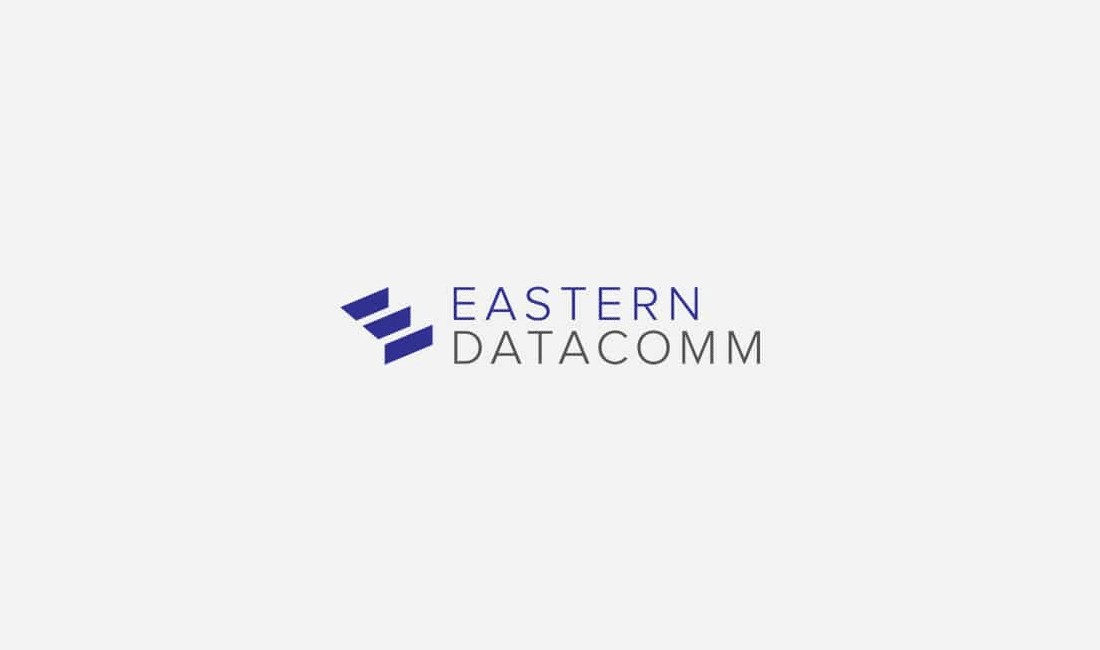The Role of Technology in K-12 School Safety

Years ago, K-12 students had fire drills and “say no to drugs” programs. Some school districts also had students practice using emergency exits on buses. Today, there are lockdown drills to protect students against shooters and terrorists. There are extensive programs about bullying, sexual assault and weapons. Although serious violence is relatively rare, most schools are affected on some level. The wide range of threats facing K-12 schools today not only threaten the lives of students and staff, but they also affect educational performance and outcomes.
Schools are increasingly turning to technology to enhance safety and prevent, intervene with, and respond to incidents. In the report, The Role of Technology in Improving K-12 School Safety, the RAND Corporation examines the current state of school safety practices, technological solutions and challenges. School safety experts were asked about the benefits and drawbacks of the following 12 technologies:
- Entry Control Equipment. Remotely controlled, electromagnetic door locks make it easier to control access to schools.
- Identification Technology. ID badges, parking stickers and biometric scanners allow authorized and unauthorized personnel to be identified more accurately.
- Video Surveillance Technology. Cameras record activity, serve as evidence and identification tools, and deter criminals who fear being monitored.
- Communication Technology. Two-way interactive systems make it possible to alert law enforcement to incidents and suspicious activities and individuals.
- School-Site Alarm and Protection Systems. These tools alert school officials and emergency responders and protect students and staff during a dangerous situation.
- Emergency Alerts. Automated notifications such as emails and text messages keep people informed and prevent the spread of unsubstantiated rumors.
- Metal Detectors and X-Ray Machines. Handheld, walk-through and x-ray equipment help security teams prevent weapons from entering schools.
- Anonymous Tip Lines. Phone hotlines, voicemail systems and websites enable students to report incidents or suspicions without fear.
- Tracking Systems. Mobile applications and GPS devices allow student movement to be tracked.
- Maps of School Terrain and Bus Routes. Geographic information systems (GISs) help emergency responders plan for crisis by plotting school terrain and transit routes.
- Violence Prediction Technology. Predictive analytics software helps to predict the location, time and perpetrators of violent behavior.
- Social Media Monitoring. Automated content monitoring tools can identify warning signs or even capture evidence of bullying and other threats.
Despite the benefits, there are potential risks associated with adopting technology to improve safety. Student privacy could be compromised. Violence prediction tools could result in unfair treatment of certain students, and both perpetrators and victims could be falsely identified.
Technology can have a negative impact on how students view their schools, which must strike the right balance between ensuring safety and feeling like a prison. K-12 districts also struggle to find the best ways to invest in safety solutions, which can be cost-prohibitive.
Three of the top five technologies with the least concerns are communication technology, alarms and emergency alerts.
Video surveillance systems are also widely used — 60 percent of public and 40 percent of private schools reported using video surveillance cameras. Schools use video surveillance to monitor vulnerable and high-risk areas, for visual enhancement during emergency events, and also as a deterrent.
Eastern DataComm’s LENS (Lockdown and Emergency Notification System) provides reliable, immediate and automated communication in case of an emergency. One-button notification allows you to instantly and automatically alert all students and staff of an emergency or threat. LENS can be integrated with existing infrastructure and communication systems The solution can also incorporate wireless radio to activate outdoor strobe lights, speakers and sign boards across school grounds. Emergency notification software can be configured to automatically notify administrators when 911 is dialed or a lockdown or evacuation is initiated. The system can be activated through any phone using a four-digit code.
Eastern DataComm also offers industry-leading video surveillance solutions, along with the expertise to help schools take maximum advantage of them. Our specialists can also help schools use compression and data optimization techniques to reduce the storage requirements of video surveillance, as well as comprehensive network and cabling integration.
Cost-efficient solutions enhance safety, security and day-to-day communications in schools and municipalities. Contact us to schedule a consultation.







